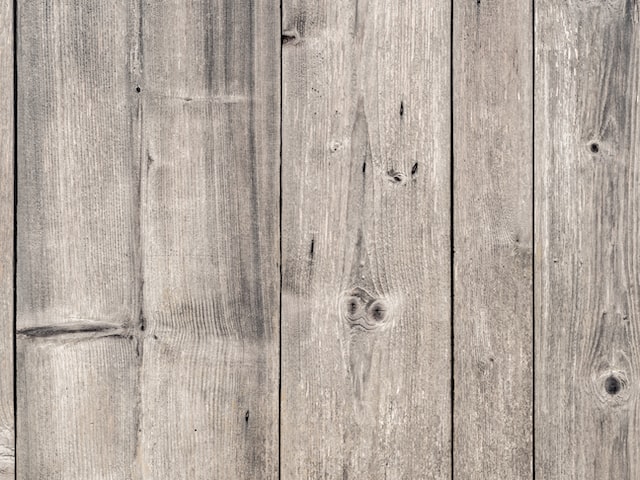If you’re trying to use vinyl to decorate a wood surface, you may be having trouble getting it to stick to the material. Luckily, there are several ways to do so. Using a Mod Podge product can help, but you can also try adhesive vinyl or even Cricut vinyl.
Mod Podge
If you are looking for a way to get vinyl to stick to wood, Mod Podge is a great solution. It is a non-toxic, water-based acrylic sealer that is available in many different finishes.
To get your project off to a good start, you should start by cleaning the surface of the wood. This will remove any dust or debris. After that, you should apply the vinyl to the surface.
You can use a stencil brush to apply the Vinyl. The stencil should be pressed down well. Once the stencil is applied, you can then paint the decal. Keep in mind that you will have to wait at least 20 minutes for the vinyl to dry.
Another option is to use a spray-on sealer. These are great for protecting your decals from UV rays, which can fade them. However, you should keep in mind that these types of sealers are not waterproof.
If you do decide to use a spray-on sealer, make sure you have the correct tools. A small emery board will be useful to file the edges of the paper. Also, you should sand the surface of the wood to make it smooth.

Heat transfer vinyl
When you want to stick Cricut vinyl to wood, there are a few different methods to choose from. The first method is to use a heat press. However, if you have thicker wood, you will want to use a regular iron instead. If you do use a heat press, you will want to set the temperature to around 300 degrees.
Another option is to use an adhesive vinyl. Adhesive vinyl has a coating that allows it to adhere better to the wood. You can also put parchment over your design. This will keep the heat from burning the surface.
Finally, you can use a Cricut EasyPress to adhere the vinyl. Although the Easy Press can work, it is not recommended because the vinyl may slip and slide.
To get the best results, you will need to follow a few simple steps. First, you will need to adjust the size of your image. Make sure to download a free downloadable image file before you start.
Adhesive vinyl
Vinyl can be used to make attractive wood signs, but it can be difficult to achieve a smooth, even surface. So what is the best way to get adhesive vinyl to stick to wood?
The most obvious answer is to treat the wood before you apply the vinyl. This involves using a varnish or stain to seal in the moisture and create a smooth surface. It also helps to make sure the wood is clean and free of debris.
You can also try sanding the wood to smooth out any rough spots, which will increase the stickiness of the adhesive vinyl. While the sanding process itself may not be as fun as applying vinyl, it will do wonders for your wood project.
Another thing to consider is the type of adhesive you are using. There are many types, including heat transfer vinyl, which will bond better to uneven surfaces. However, if you are going to use heat transfer vinyl for your wood project, it is a good idea to test it out first on a small piece.

Cricut vinyl
Cricut vinyl is an adhesive film that adheres to many surfaces. This includes wood, but it has to be applied carefully. In addition to adhering to a variety of materials, vinyl has the advantage of being easy to remove without leaving a residue behind.
When applying vinyl to wooden surfaces, it is important to consider the type of paint you are using. Several types of paint, including latex and silicone-based paint, are not suitable for Cricut vinyl. However, acrylic and stain-resistant paints are ideal. It is also a good idea to sand the surface of your wood before you apply the vinyl.
You can use a heat press to apply Cricut iron-on vinyl to wood. This process will take about ten to twenty minutes. A teflon sheet and pressing cloth should be used to protect the vinyl from damage. If you need to transfer the vinyl to another surface, you can use a spray sealant.
For a variety of vinyl decals, you will need to use a different type of transfer tape. Paper transfer tape can be difficult to work with. Try using a water-based polyacrylic.
